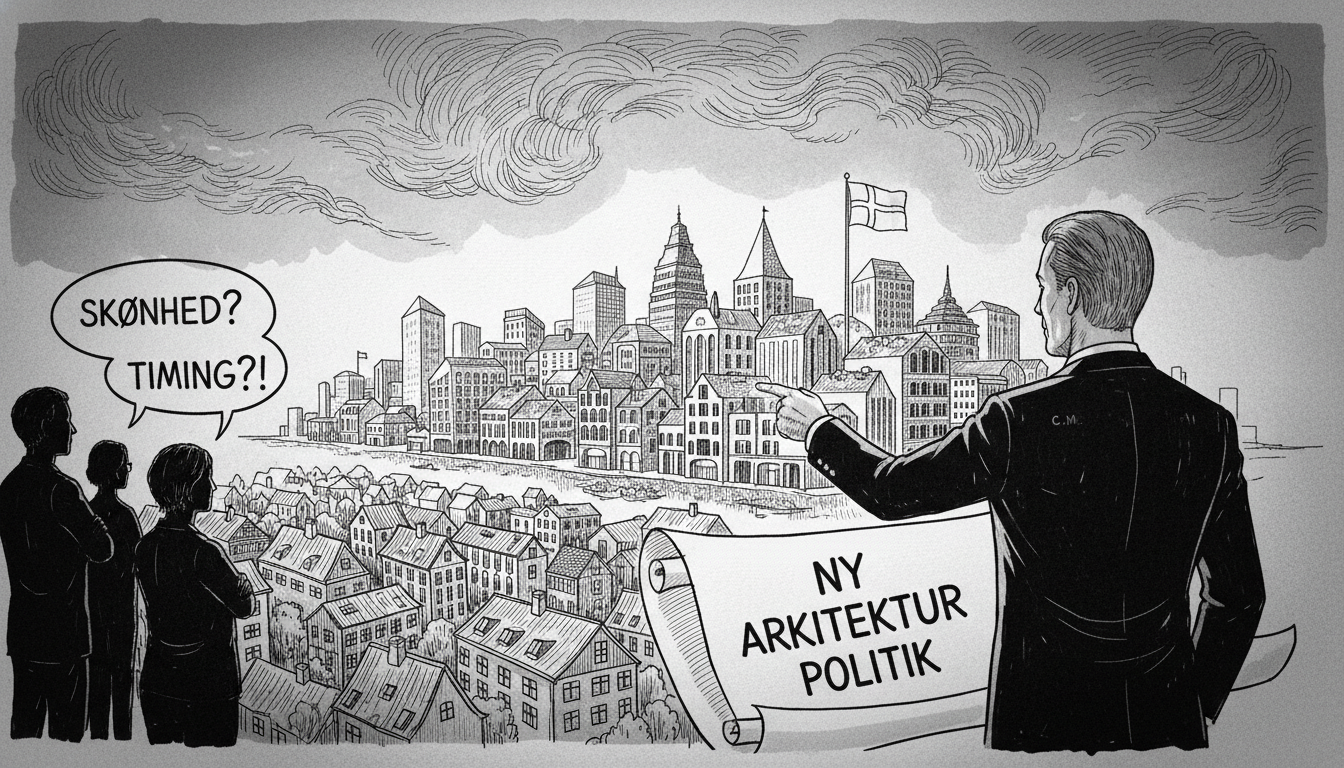Danish Culture Minister Jakob Engel-Schmidt has unveiled a new national architecture policy that prioritizes beauty, circular construction, and nature integration. The policy contains eight core principles aimed at transforming how Danish cities develop. It encourages municipalities to build more beautifully and sustainably while preserving natural spaces.
The minister specifically criticized several recent building projects across Denmark. He mentioned the 100-meter Bohr's Tower in Copenhagen, Arc House in Aarhus, and Tejn Harbor Houses on Bornholm as examples of problematic architecture. These buildings have drawn public criticism for their visual impact on city landscapes.
Engel-Schmidt sent a letter to all Danish mayors alongside the new policy guidelines. In it, he questioned whether building a 12-story hotel in central Næstved represented good urban planning. This intervention sparked immediate political backlash from local officials.
Næstved Mayor Carsten Rasmussen called the minister's timing inappropriate. He described it as untimely interference in the local election campaign. The letter arrived just before municipal elections scheduled for November 18. Rasmussen argued that national politicians should not meddle in local development projects.
The culture minister dismissed these concerns about political interference. He stated that having opinions about architecture falls within his ministerial responsibilities. Engel-Schmidt emphasized that he welcomes public debate about urban development, especially during election periods.
This architecture policy debate reflects broader tensions in Danish governance between national vision and local autonomy. Denmark's municipal governments traditionally hold substantial power over local planning decisions. The national government typically intervenes only in matters of national significance or when coordinating between municipalities.
The new policy, titled 'An Attractive Future,' focuses on several key areas beyond aesthetic concerns. It promotes building renovations over new construction, preserving local cultural heritage, and creating diverse housing options. This includes smaller apartments and more cooperative housing models.
Engel-Schmidt clarified that the guidelines remain voluntary rather than legally binding. He described them as inspiration for municipalities and private developers rather than strict requirements. However, he left open the possibility of stronger measures in the future if voluntary adoption proves insufficient.
The controversy highlights ongoing challenges in Danish urban development. Rapid urbanization and housing shortages often conflict with preservation of city character and green spaces. Similar debates have occurred in other Nordic capitals like Stockholm and Oslo, where high-density development sometimes faces public resistance.
International observers note that Denmark's approach to balancing development with quality of life could influence other nations facing similar urban planning dilemmas. The focus on circular construction and nature integration aligns with broader European sustainability goals while addressing specific Danish architectural values.
The policy's success will depend on municipal cooperation and public acceptance. With local elections approaching, the architecture debate has become unexpectedly politicized. This suggests that urban development remains a deeply personal issue for Danish voters, not just a technical matter for planning experts.

